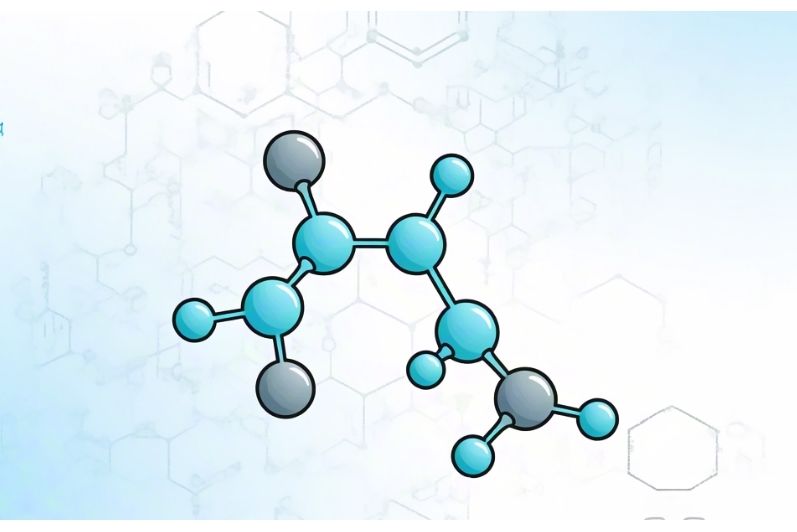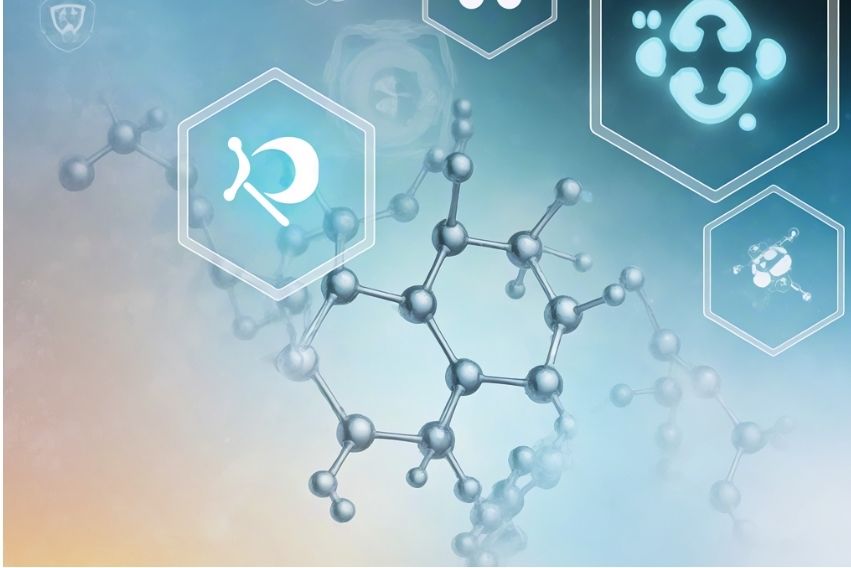Lipid-Glycan Interaction Predictive Modelling Service
Enabling Breakthroughs with Lipid-Glycan Interaction Predictive Modelling Service
At CD BioGlyco, we provide a comprehensive Glycoinformatics-assisted Glycan-Molecular Interaction Analysis Service designed to provide clients with an in-depth understanding and prediction of glycan and molecular interactions. Among them, the lipid-glycan interaction predictive modelling service is a comprehensive and professional service that focuses on simulating and analyzing the interaction between lipids and glycans.

Data collection and preprocessing
Data collection: We collect structural, functional, and interaction data on lipids and glycans from multiple reliable sources. These data may come from laboratory experiments, databases, scientific references, etc.
Data preprocessing: We organize the collected data to ensure data quality and consistency. At the same time, we standardize the data according to the needs of the model.
Model construction of lipid-glycan interactions
Model selection: Based on the specific needs of the project, we select appropriate modelling methods, such as molecular dynamics simulations, quantum mechanics simulations, and statistical mechanics models to build a predictive model of the interaction between lipids and glycans.
Model parameter setting: We set the parameters of the model, such as the composition of lipids, the structure of glycans, and the solvent environment to reflect the situation in actual biological systems.
Model training: We use known experimental data and bioinformatics knowledge to train and model to ensure that the model accurately predicts the interaction between lipids and glycans.
Prediction and analysis
Interaction prediction: We predict the interaction between lipids and glycans through the constructed model, including binding strength, affinity, interaction sites, etc.
Dynamic simulation: We use methods such as molecular dynamics simulation to simulate the dynamic process of the interaction between lipids and glycans and reveal the dynamic characteristics and mechanisms of the interaction.
Results visualization: We display prediction results through graphics, animations, and other forms to help clients intuitively understand the interaction between lipids and glycans.
Data analysis: We conduct an in-depth analysis of the prediction results to explore the rules, influencing factors, and potential application value of the interaction between lipids and glycans.
Customized reports
We generate detailed reports that provide information on possible types of lipid-glycan interactions, affinities, and potential effects on biological functions.
Continuous upgrades
Algorithm updates: With the development of the fields of bioinformatics and computational biology, we constantly update and optimize algorithms to ensure the advancement and competitiveness of lipid-glycan interaction predictive modelling services.
Data updates: We regularly update databases and experimental data related to lipids and glycans to ensure that the model is closer to the latest scientific research and experimental progress.
It is worth mentioning that we customize personalized lipid-glycan interaction predictive modelling projects according to the specific needs of clients.
Publication Data
Technology: Review of glycoscience data resources
Journal: International Journal of Molecular Sciences
IF: 5.6
Published: 2020
Results: In this study, the authors reviewed representative databases of glycan structure, glycan-molecule interactions, and newly developed bioinformatic tools. One example discussed was the GlyCosmos Glycoscience Portal, which served as an integrated web resource for accessing various types of glycoscience data resources such as glycan-related genes, lipids, pathways, and diseases. It was noted that GlyCosmos integrated multiple resources, including databases developed by JCGGDB, and updated regularly with a four-month release cycle.
 Fig.1 Data resources and integrated results in GlyCosmos. (Li, et al., 2020)
Fig.1 Data resources and integrated results in GlyCosmos. (Li, et al., 2020)
Applications
- Liposomes are lipid-based vesicles commonly used to deliver drugs to specific areas of the body. Lipid-glycan interaction predictive model can be used to design liposomes that can effectively deliver drugs to the desired location without premature breakdown or clearance from the body.
- Lipid-glycan interaction predictive model can be used to study the interactions and communication between cells through glycans and lipid molecules.
- Lipid-glycan interaction predictive model can be used to simulate the interaction between lipids and glycans, thereby helping to design drug molecules that can specifically target glycans on the cell surface.
Advantages of Us
- We provide customized lipid-glycan interaction predictive modelling services, adjusting model parameters and algorithms according to the client's specific needs.
- We are committed to providing fast and efficient lipid-glycan interaction predictive modelling services. Our model design is flexible and quickly adapts to new data and experimental results, enabling rapid iteration and optimization.
- We have a professional bioinformatics and computational biology team with extensive experience and expertise in lipid-glycan interaction predictive modelling.
Frequently Asked Questions
- What is a lipid-glycan interaction predictive modeling service?
- Lipid-glycan interaction predictive modelling service is a bioinformatics service designed to predict the interaction between lipids and glycans through advanced computational models and algorithms. This service combines the latest technologies in biophysics, biochemistry, molecular simulation and big data analysis to help clients gain a deeper understanding of the functions of lipids and glycans in biological processes, thereby accelerating drug discovery and biomarker identification.
- How to ensure the accuracy and reliability of lipid-glycan interaction predictive modelling service?
- We take the following measures to ensure the accuracy and reliability of the lipid-glycan interaction predictive modelling service:
- We use state-of-the-art molecular dynamics simulations, quantum mechanical calculations, and machine learning algorithms to study complex interactions between lipids and glycans.
- If necessary, our prediction results can be additionally verified by experiments, including in vitro experiments and in vivo experiments to ensure the accuracy of the predictions.
- We continuously collect new experimental data and update our algorithms and models to adapt to changing scientific research and application needs.
- We have a team of bioinformatics, biophysics, biochemistry, and clinical experts to provide clients with professional technical support and consulting services.
At CD BioGlyco, we are excited to provide our lipid-glycan interaction predictive modelling service. The service uses state-of-the-art computational tools and sophisticated algorithms to predict how lipids and glycans interact in biological systems. This value-added service helps clients gain insights into the complex interactions that occur at the molecular level. Please feel free to contact us if you are interested in our lipid-glycan interaction predictive modelling service.
Reference
- Li, X.; et al. Databases and bioinformatic tools for glycobiology and glycoproteomics. International Journal of Molecular Sciences. 2020, 21(18): 6727.
For research use only. Not intended for any diagnostic use.
Quick Links
Related Services



 Fig.1 Data resources and integrated results in GlyCosmos. (Li, et al., 2020)
Fig.1 Data resources and integrated results in GlyCosmos. (Li, et al., 2020)


